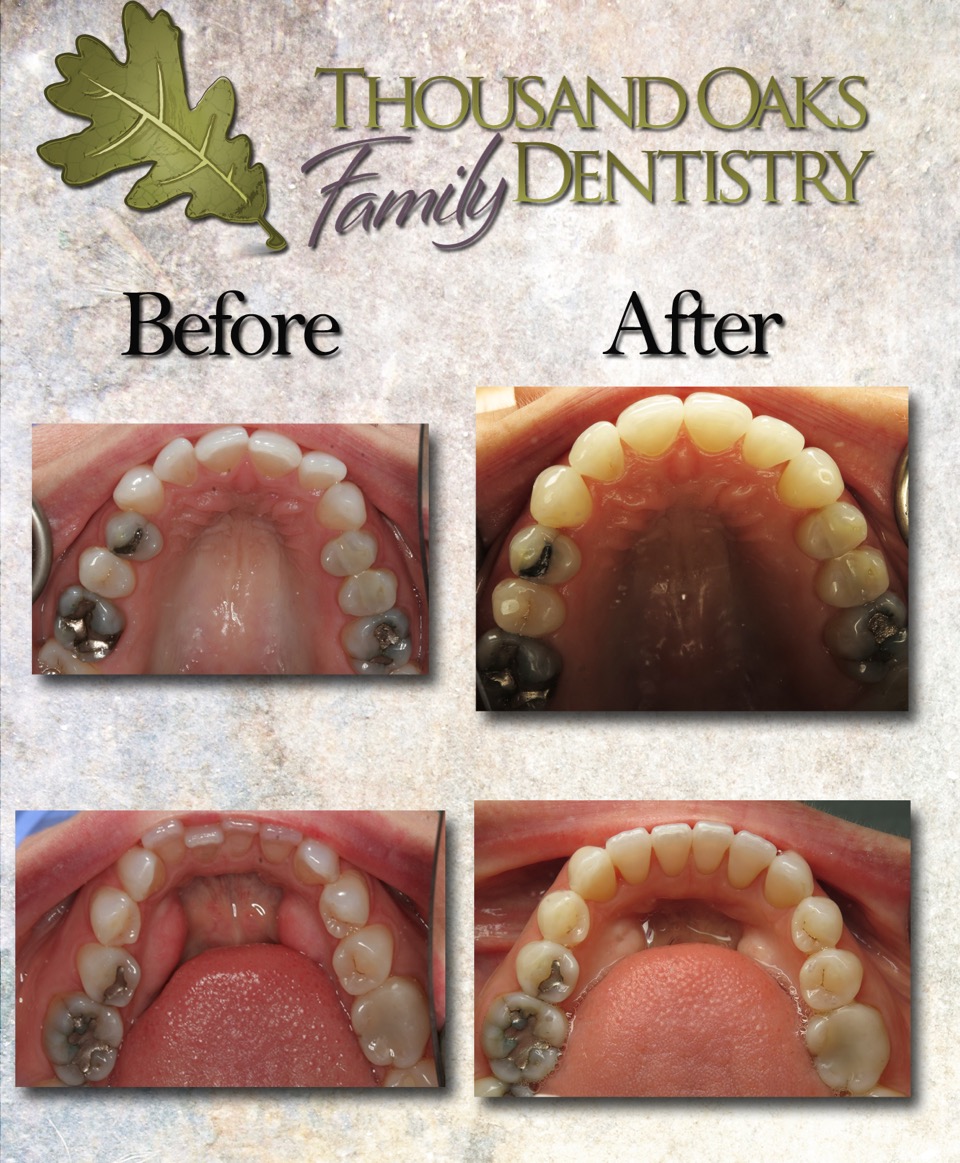For many patients, cosmetic veneers are a great way to transform their smile with a short turnaround time. This patient is a grandmother who always wanted to close the gaps in her front teeth. Using veneers, we will both close the gaps and create a beautiful and natural looking smile. We just finished the first part of her treatment, where we prepared her four front teeth, took impressions and made the temporary veneers. She will return in about two weeks to cement the final product!
Before
Before veneers, this patient's teeth had large spacings and were not completely symmetrical.
After
Here is the same patient with her temporary veneers on. You can really see how this procedure will create a more esthetic smile!
The "after" photo shows our patient in acrylic temporary veneers. They are created immediately following the preparation to hold space for the permanent restoration. Right now, our dental lab is working on the permanent veneers, making sure they have the right color, shape and opacity to match the rest of her teeth. We are eagerly awaiting the final product and will post as soon as we deliver it!























